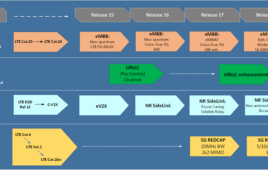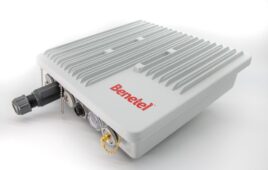IDC’s new forecast predicts that 1.3 billion smartphone units will be shipped worldwide in 2014, good enough for a 26.3 percent increase annually. But looking ahead to 2018, the analyst firm predicts global smartphone shipments will hit 1.9 billion, slowing the compound annual growth (CAGR) to 9.8 percent for the period.
IDC says that the “increasingly cutthroat nature of pricing” will negatively impact smartphone revenues over the same period, bringing the CAGR to 4.2 percent.
“The impact of upstart Chinese players in the global market will be reflected in a race to the bottom when it comes to price. While premium phones aren’t going anywhere, we are seeing increasingly better specs in more affordable smartphones. Consumers no longer have to go with a top-of-the-line handset to guarantee decent hardware quality or experience,” Melissa Chau, senior research manager with IDC’s Worldwide Quarterly Mobile Phone Tracker, said in a statement.
IDC places the average smartphone selling price at $297 for 2014 and predicts it will sink to $241 by 2018. The affect average price in mature markets isn’t expected to fluctuate much but in emerging markets like India average prices could fall as low as $102 by 2018.
Breaking down the total smartphone shipments for 2014, Android accounted for the vast majority with 82.3 percent while Apple pulled in 13.8 percent. But in terms of smartphone shipment value, Android’s share was at 66.6 percent, well below its shipments share, while Apple’s 30.4 percent of the value more than doubled its shipments share.




